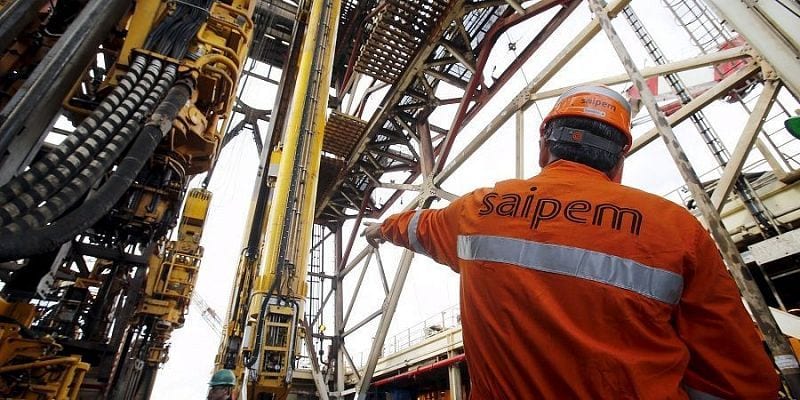Italian multinational oilfield services company Saipem participated in The Economist’s Sustainability Week, an event organised by The Economist, with the presentation of 2 case studies. It marks the publication’s sixth annual event dedicated to the topic of sustainability that took place virtually from March 22 – 25.
As part of the event, which provides insights and solutions to help businesses on their path to greater sustainability, Saipem’s presentation was dedicated to illustrating the company’s strategy for achieving decarbonisation of its assets and operations or those generated mainly from procurement and project phases related to construction, fabrication, and installation.
The company has been awarded contracts by ExxonMobil for the Engineering, Procuring, Construction and Installation of Subsea Umbilicals Risers Flowlines for the oil major’s offshore developments at the Stabroek Block in Guyana.
Chiara Petrella, Group Environmental Manager, and Claudia Attanasio, Onshore E&C Division Environmental & Social Manager, underlined how Saipem can contribute to attaining decarbonisation by identifying, estimating and reducing Scope 3 GHG emissions, i.e., indirect emissions connected with operations throughout its value chain.
Saipem is committed to the energy transition currently underway and supports its customers in identifying the best approaches and low-carbon technological solutions as well as defining the path to decarbonisation, identifying risks and opportunities related to the climate as well as leveraging its distinctive skills, competences, and highly technological assets.
In particular, 2 tools were explored in two different case studies: the general methodology for estimating the Saipem Group’s air emissions and the GHG supplier model tool.
In the first case study, Saipem described its general methodology for estimating (Scope 1, Scope 2 and Scope 3) greenhouse gas emissions, outlining the reasons that make it reliable, robust and traceable. With regard to Scope 3 emissions, in particular, the methodology is a first step for identifying macro-areas of intervention on which to adopt effective reduction measures.
The average results of the application of the methodology were presented with a focus on Scope 3 emissions. The analysis revealed that the largest share of these emissions is attributable to activities related to the supply chain.
This evidence led to the development of a specific tool that is described in the second case study which allows the estimation of greenhouse gas emissions along the entire supply chain from raw materials up to delivery at the final destination.
The tool can be used in the design phase of a project to estimate the variation of scope 3 emissions from the supply chain on the basis of design choices, or in the purchasing phase of a product to compare two or more suppliers on the basis of their emissions.
The model is currently being tested to verify its functionality and suitability for use in our supplier management processes. An immediate future step will be to integrate all of the procedures of the Saipem Group.
The presentation ended with an overview of ongoing activities also for the reduction of Scope 3 emissions deriving from transport.



